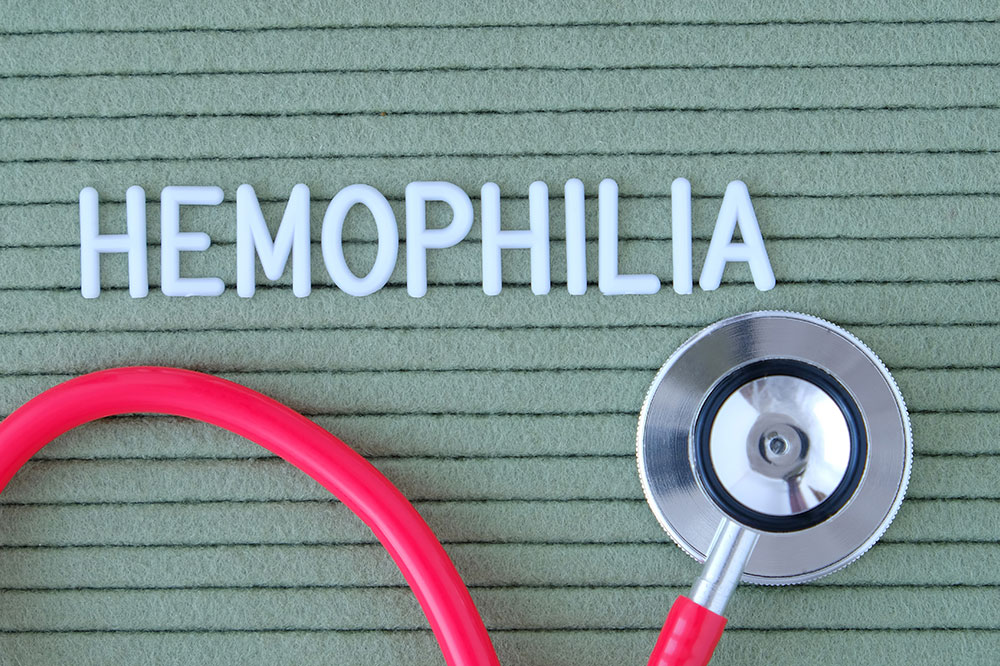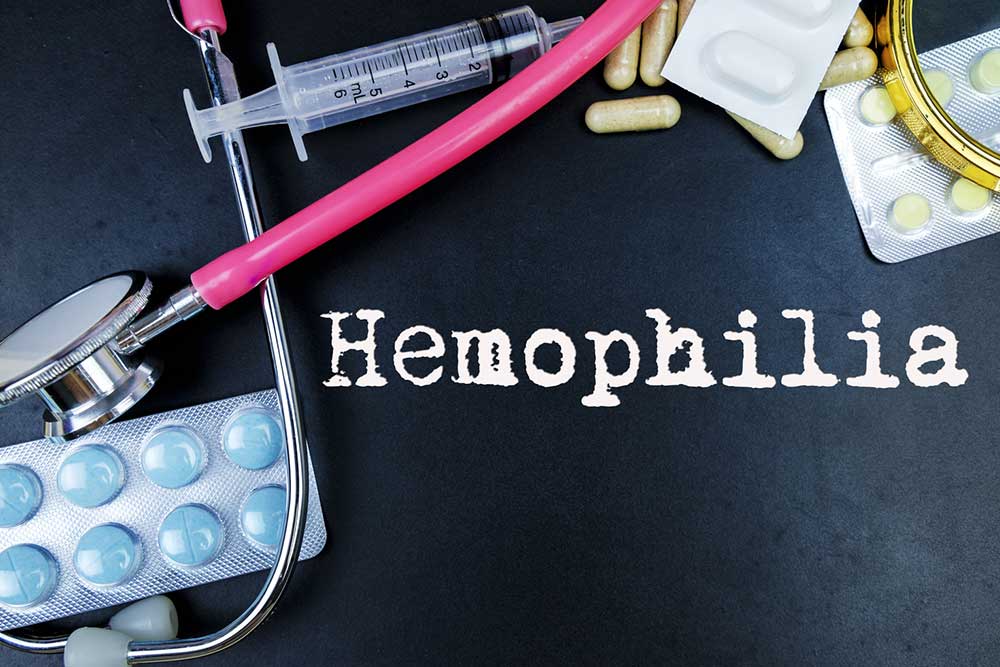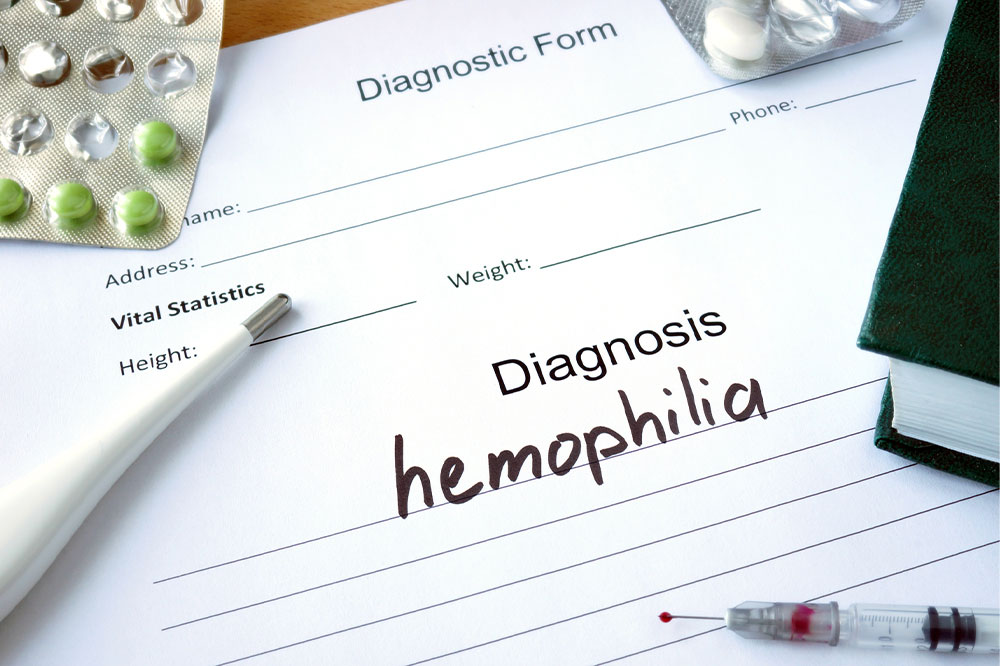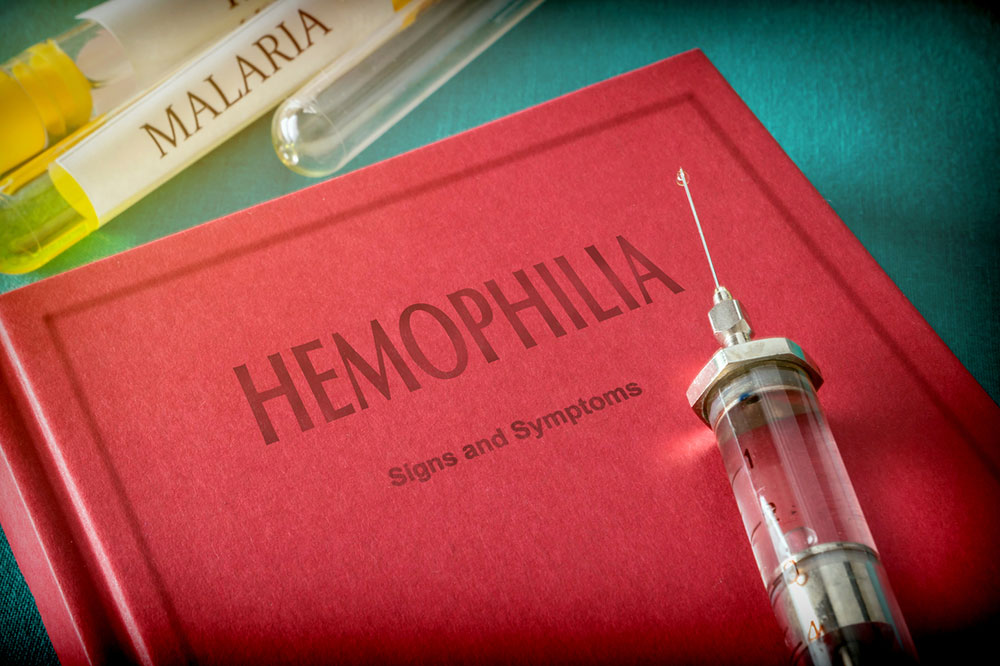Comprehensive Guide to Hemophilia: Causes, Symptoms, and Modern Treatment Approaches
This comprehensive guide explores hemophilia, detailing its causes, symptoms, and the latest treatments available. It emphasizes the importance of early diagnosis, personalized management, and advances in medical therapy that have improved patient outcomes. With a focus on preventive measures and genetic counseling, the article provides valuable insights into living with this inherited bleeding disorder, aiming to educate and empower patients and their families for better health management.

Understanding Hemophilia: Causes, Symptoms, and Advances in Treatment
Hemophilia is a rare, inherited bleeding disorder characterized by a deficiency in specific blood clotting factors, crucial for preventing excessive bleeding. This genetic condition affects the body’s ability to form stable blood clots, leading to prolonged bleeding episodes that can occur spontaneously or after injury. Although many individuals with hemophilia are asymptomatic during childhood, signs often become evident during adolescence or adulthood, especially following minor injuries or surgeries. Proper diagnosis, management, and awareness are vital in reducing health complications associated with this disorder.
Types of Hemophilia: An In-Depth Look
Hemophilia A: The most common form, accounting for approximately 75% of all cases, involves a deficiency in clotting factor VIII. This type often runs in families and can vary from mild to severe based on the level of factor VIII present.
Hemophilia B: Also known as Christmas disease, this form is caused by a deficiency in clotting factors IX or XI. It represents about 15% of hemophilia cases and typically presents with similar symptoms to Hemophilia A.
The core issue in hemophilia is the body's inability to produce adequate amounts of vital clotting factors, which are essential proteins in the blood that enable proper clot formation after injury. The deficiency predisposes individuals to bleeding episodes that can be spontaneous or triggered by minor trauma. Moreover, during surgeries or childbirth, the risk of uncontrolled bleeding significantly increases, posing serious health threats if not managed correctly.
Common Symptoms and Signs of Hemophilia
The hallmark symptom of hemophilia is abnormal bleeding. Patients may experience bleeding without an apparent cause (spontaneous bleeding), or after minor injuries, such as cuts, dental procedures, or even routine activities. Bleeding episodes can occur internally, especially into joints and muscles, leading to swelling, pain, and potential long-term damage. Repeated joint bleeding, known as hemarthrosis, is a serious complication that can result in chronic joint deformities and mobility issues. Other symptoms include easy bruising, bleeding gums, blood in urine or stool, and prolonged bleeding after injuries or procedures. During pregnancy and childbirth, women carrying the gene may experience increased bleeding tendencies.Effective management of hemophilia primarily focuses on controlling bleeding episodes to prevent tissue damage and restore normal life activities. This involves replacing missing clotting factors through transfusions, which are tailored to the severity of the disorder. The advancement of clotting factor concentrates has significantly improved the prognosis for patients, allowing them to lead relatively normal lives. Additionally, medications that promote clot formation can be prescribed to enhance the body's ability to halt bleeding. Treatment plans should be personalized and supervised by hematologists experienced in bleeding disorders.
Strategies for Managing Hemophilia
Regular monitoring through blood tests is crucial to assess clotting factor levels and adjust treatment accordingly. Self-infusion of clotting factors is often encouraged for patients, enabling prompt response to bleed episodes. In cases of severe joint damage or persistent bleeding, surgical interventions such as joint replacement may become necessary. Physical therapy plays a vital role in maintaining joint health and preventing deformities. Additionally, lifestyle modifications, such as avoiding contact sports and injury-prone activities, can help minimize bleeding risks.Preventive Measures and Genetic Counseling
Since hemophilia is an inherited disorder, genetic counseling is essential for affected families. Female carriers often do not exhibit symptoms but can pass the defective gene to their children. Early diagnosis via neonatal screening or blood tests can significantly improve treatment outcomes and reduce complications like internal bleeding, joint deterioration, and chronic pain. Awareness and education about hemophilia are also crucial in ensuring that patients and their families understand how to manage the disorder effectively and avoid preventable injuries.In conclusion, hemophilia, although rare, requires comprehensive understanding and management to minimize its impact on individuals' quality of life. Advances in medical therapy, including clotting factor concentrates and gene therapy, have revolutionized treatment options, making it possible for many patients to maintain active and healthy lifestyles. Continued research and awareness are essential in improving outcomes and providing better support for those living with hemophilia.





